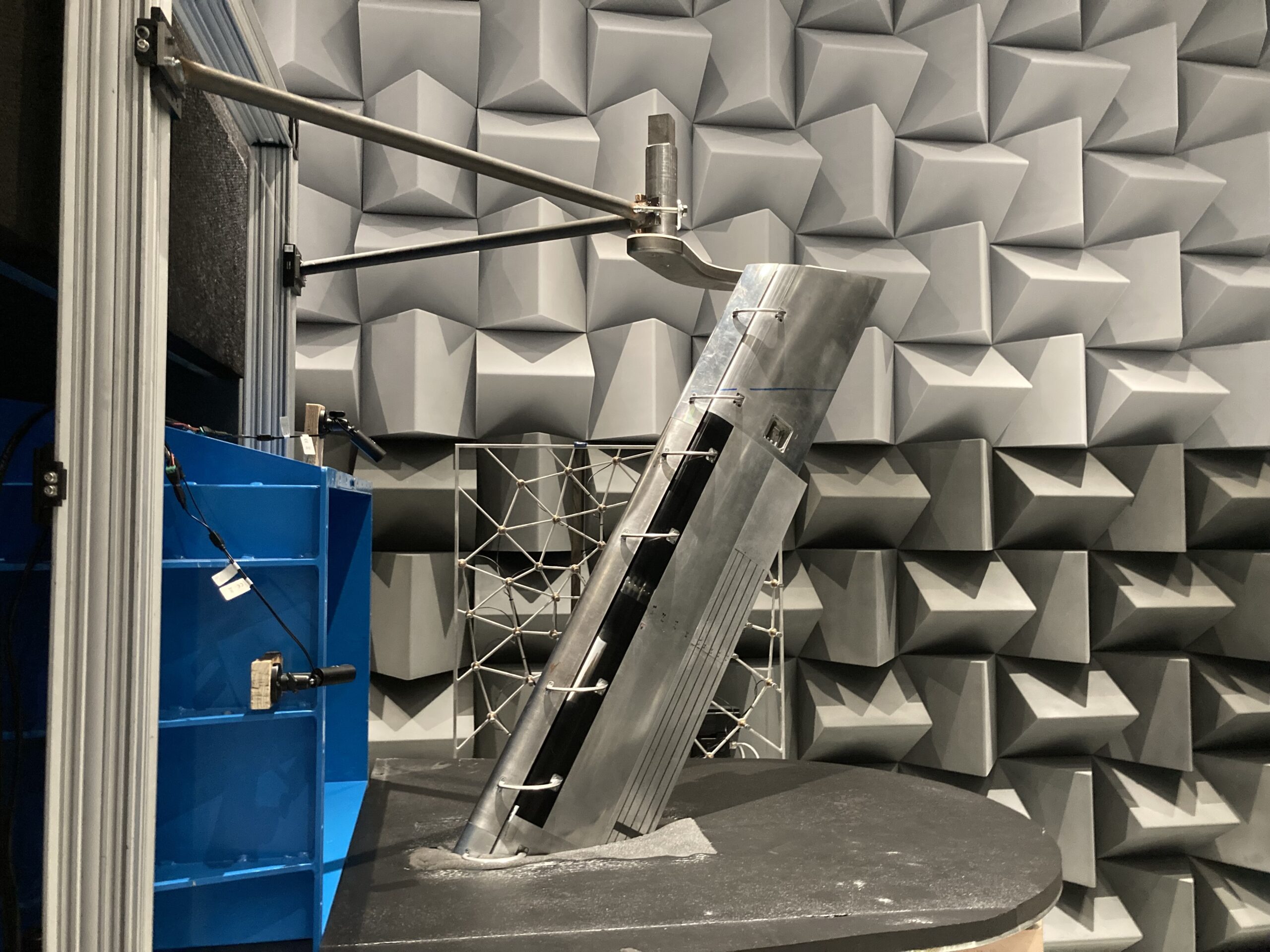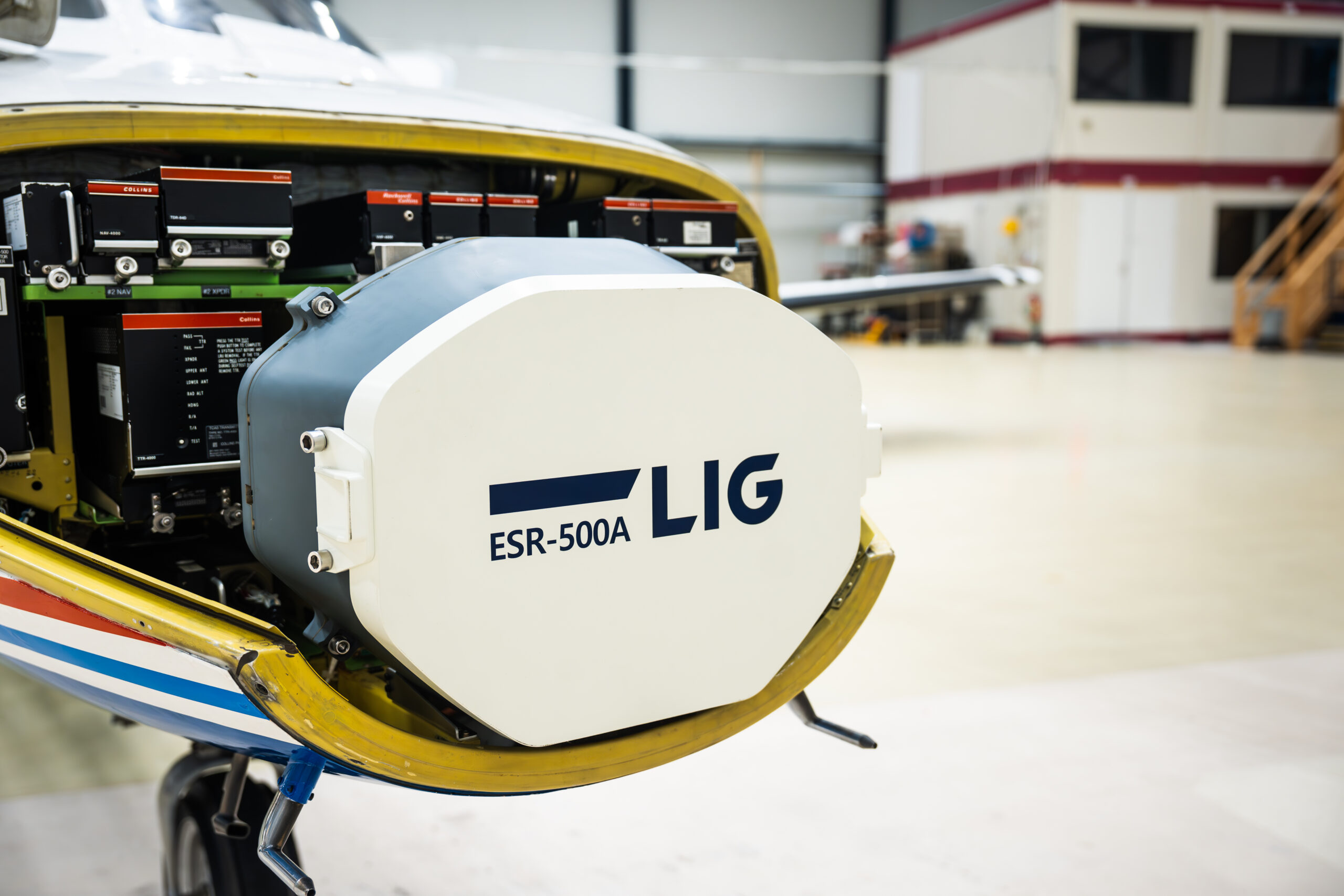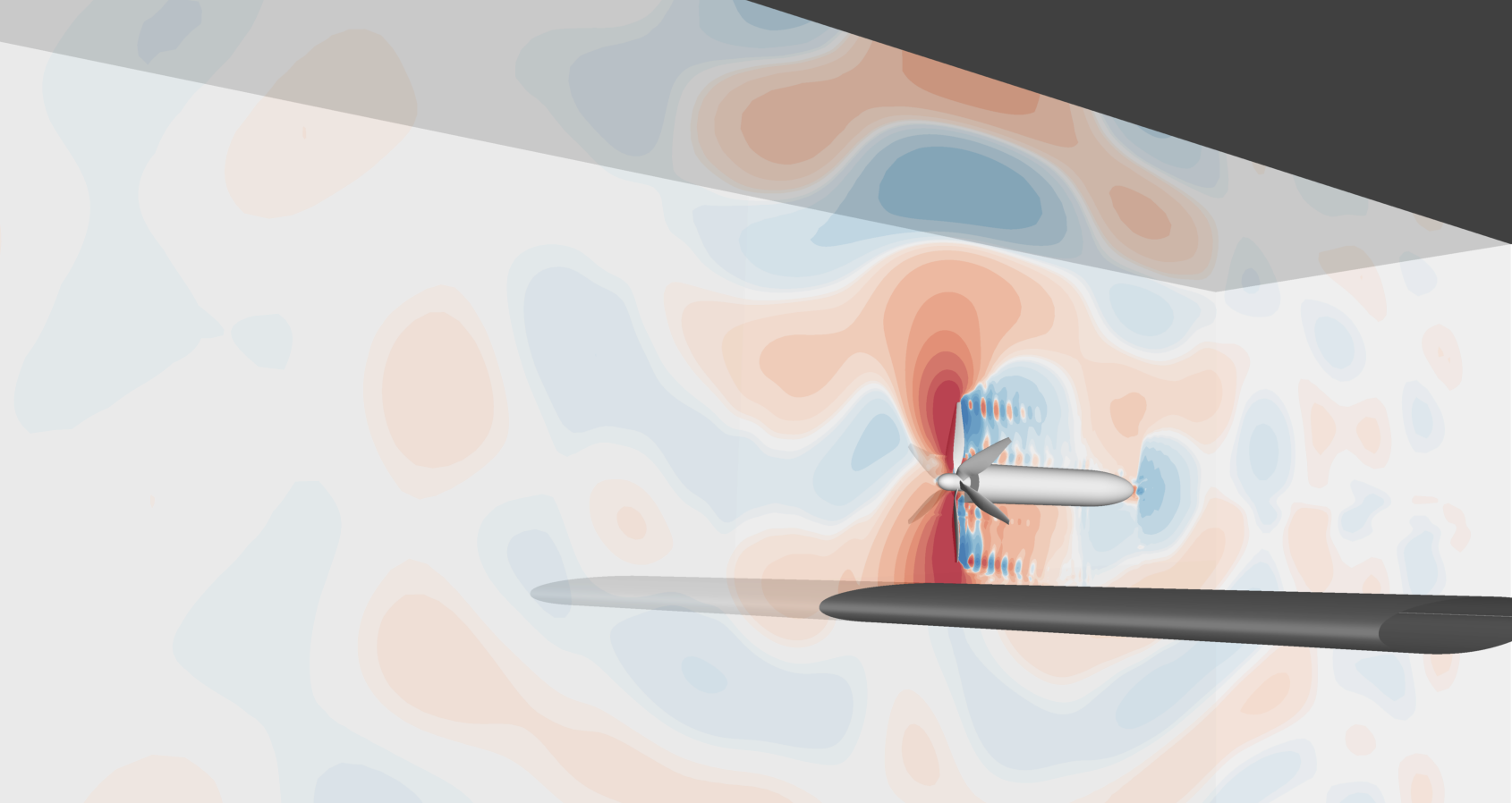Project: INVENTOR (Innovative design of installed airframe components for aircraft noise reduction)
Aircraft noise is generated by the engines and the airframe, with the latter primarily coming from the landing gears and high-lift devices. The INVENTOR project aims to understand the physics of airframe noise generation in business jets and short- to medium-range transport aircraft, with the goal of reducing aircraft noise using numerical simulations, validated through aeroacoustic experiments.
The challenge
The project targets reductions in noise levels from installed landing gears and high-lift devices during landing and approach. Specifically, the aim is to achieve reductions of 2-3 dB(A) and 1 dB(A), respectively. This is a key stepping stone towards achieving the ACARE Flightpath 2050 goal of cutting perceived aircraft noise levels by 65%.
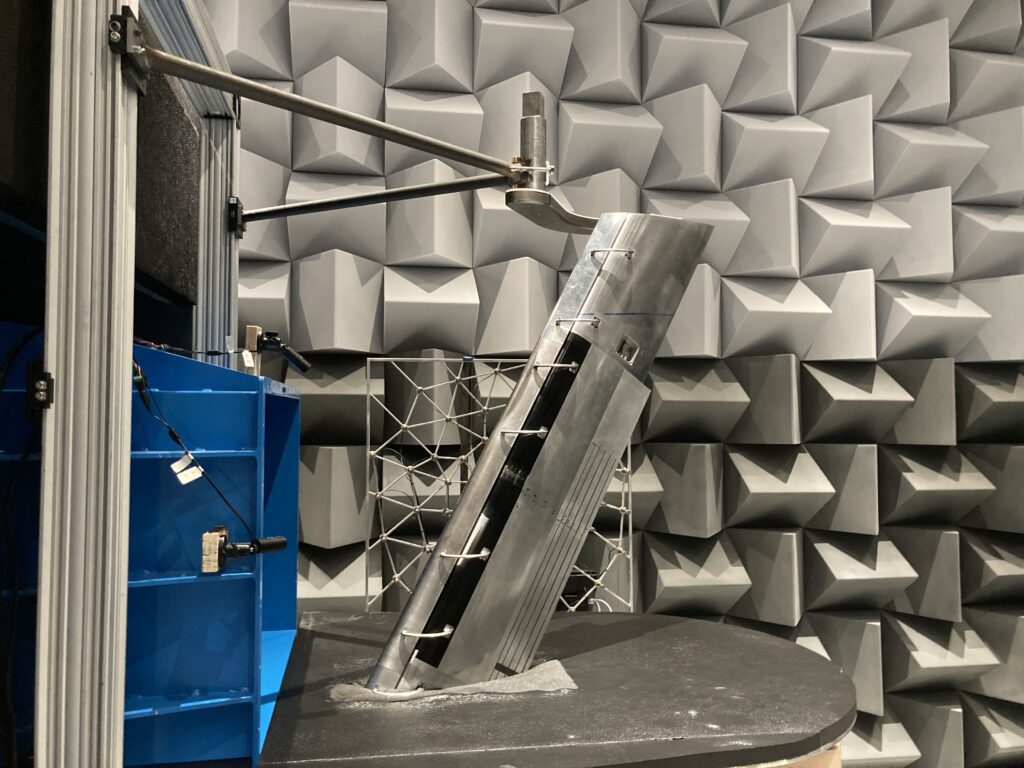
The solution
In order to gain a deeper understanding of airframe noise generation, high-fidelity numerical simulations were conducted in conjunction with aeroacoustic wind tunnel experiments. Two approaches were adopted to reduce airframe noise:
- Designing low-noise components using numerical simulations.
- Developing and improving passive and active Noise Reduction Technologies (NRTs).
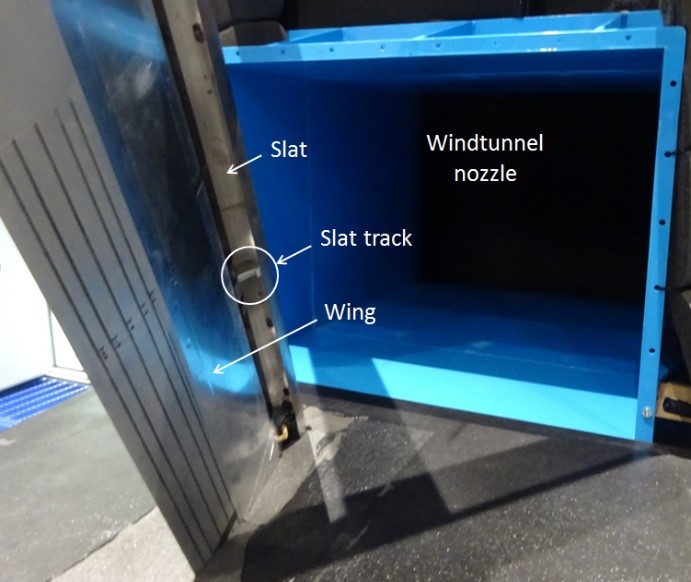
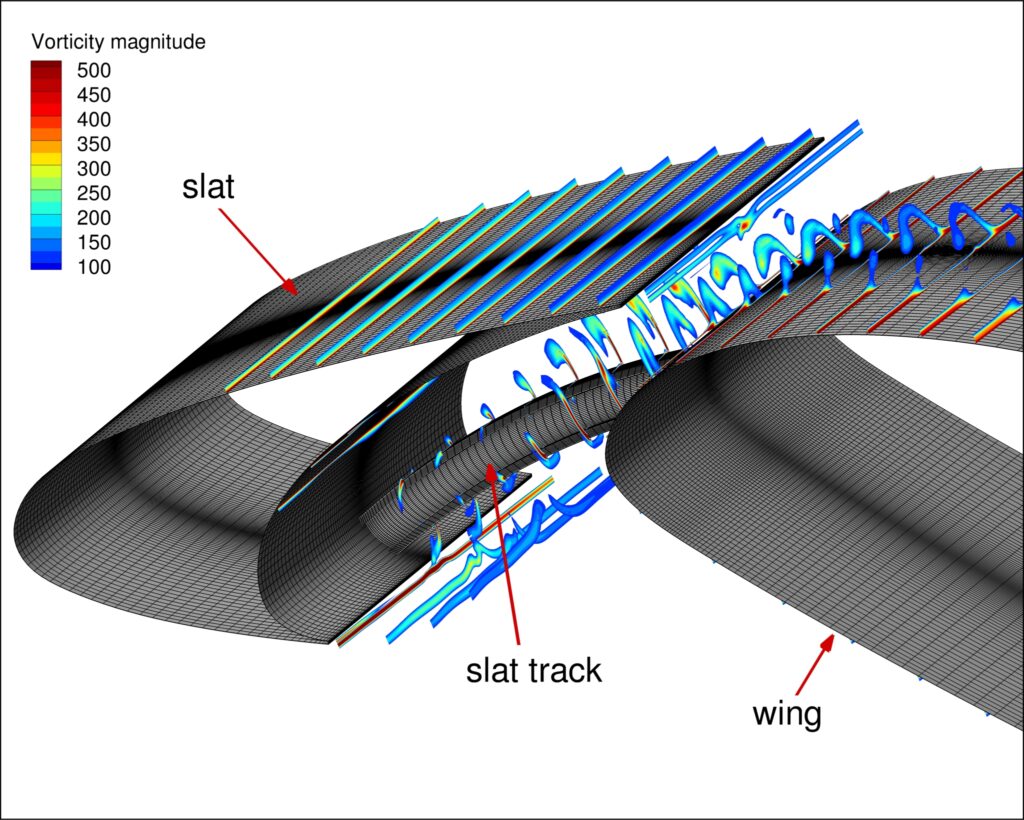
What did we do?
NLR focused on the noise generated by the deployed wing slats, which largely originates from the slat tracks that attach the slats to the wing. Based on numerical flow simulations, a low-noise slat track was designed using a tilted fairing to reduce flow separation. A range of slat track designs was then tested in NLR’s acoustic wind tunnel, showing a potential reduction of slat track noise by 5 to 10 dB. Finally, high-fidelity numerical simulations of slat-track noise generation were carried out and successfully validated with wind tunnel data.
Project partners:
ONERA, DLR, NLR, VKI, CERFACS, Dassault Aviation, Airbus France, Safran LS, Southampton, Trinity College Dublin, RWTH Aachen, Chalmers, Bristol, TU Delft, Upstream CFD, Erdyn
Project timeline:
2020-2024
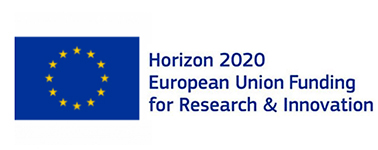
This project has received funding from the European Union’s Horizon 2020 research and innovation programme under GA no. 860538.
